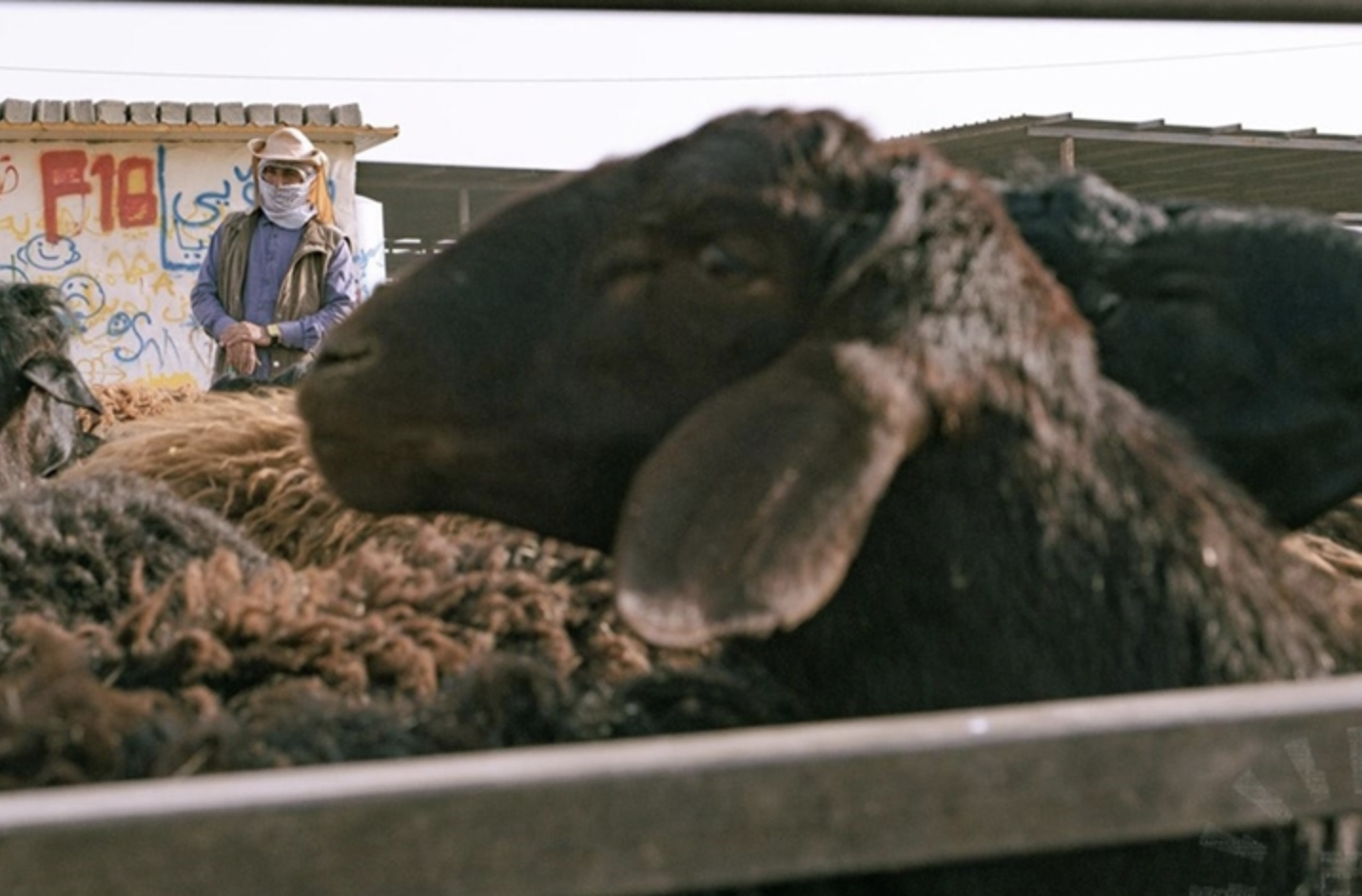CCHF Epidemic watch
The Iraqi Ministry of Health has reported a growing number of cases and deaths linked to Crimean-Congo Hemorrhagic Fever (CCHF), signaling one of the country’s most significant outbreaks in recent years.
As of late September 2025, 296 confirmed infections and 42 deaths have been recorded nationwide since the beginning of the year — a sharp increase from 231 cases and 30 deaths reported in July.
A Growing Public Health Concern
According to IraqiNews.com, the Ministry of Health emphasized that the viral disease, transmitted primarily through tick bites or contact with infected animal blood or tissues, remains a serious zoonotic threat in rural and agricultural regions.
CCHF was first detected in Iraq in 1979, but its incidence has risen in recent years, partly due to climatic and ecological changes favoring tick populations and increased livestock movement.
The World Health Organization (WHO) estimates that CCHF has a case fatality rate of up to 40%, depending on the quality of care and speed of diagnosis. Human-to-human transmission is possible through direct contact with the blood or bodily fluids of infected individuals, making infection control in hospitals and slaughterhouses a critical priority.
National Response: Vector Control and Public Awareness
To counter the spread, Iraq’s Ministry of Agriculture launched in September 2025 a nationwide campaign to combat ticks — the main vectors of CCHF — by spraying livestock with acaricides.
The program aims to “eradicate hemorrhagic fever and preserve the health of Iraqi citizens and their livestock,” according to official statements.
Authorities have also reinforced public health messaging, urging farmers, butchers, and herders to:
- Use protective clothing and gloves when handling animals,
- Avoid home slaughtering,
- Purchase meat only from regulated facilities,
- Maintain strict hygiene in areas of animal contact.
An Ongoing Threat
Symptoms of CCHF include high fever, severe muscle and joint pain, and bleeding — often requiring hospitalization. With no vaccine currently available, prevention depends entirely on vector control and safe handling of livestock.
Those most at risk include farmers, veterinarians, slaughterhouse workers, and livestock traders.
While the government’s control measures are ongoing, the persistence of new cases suggests the epidemic is not yet contained, underlining the need for sustained regional surveillance and international collaboration.
Sources: IraqiNews.com (Sept 29, 2025); WHO; Rudaw; Kurdistan24; Shafaq News.
